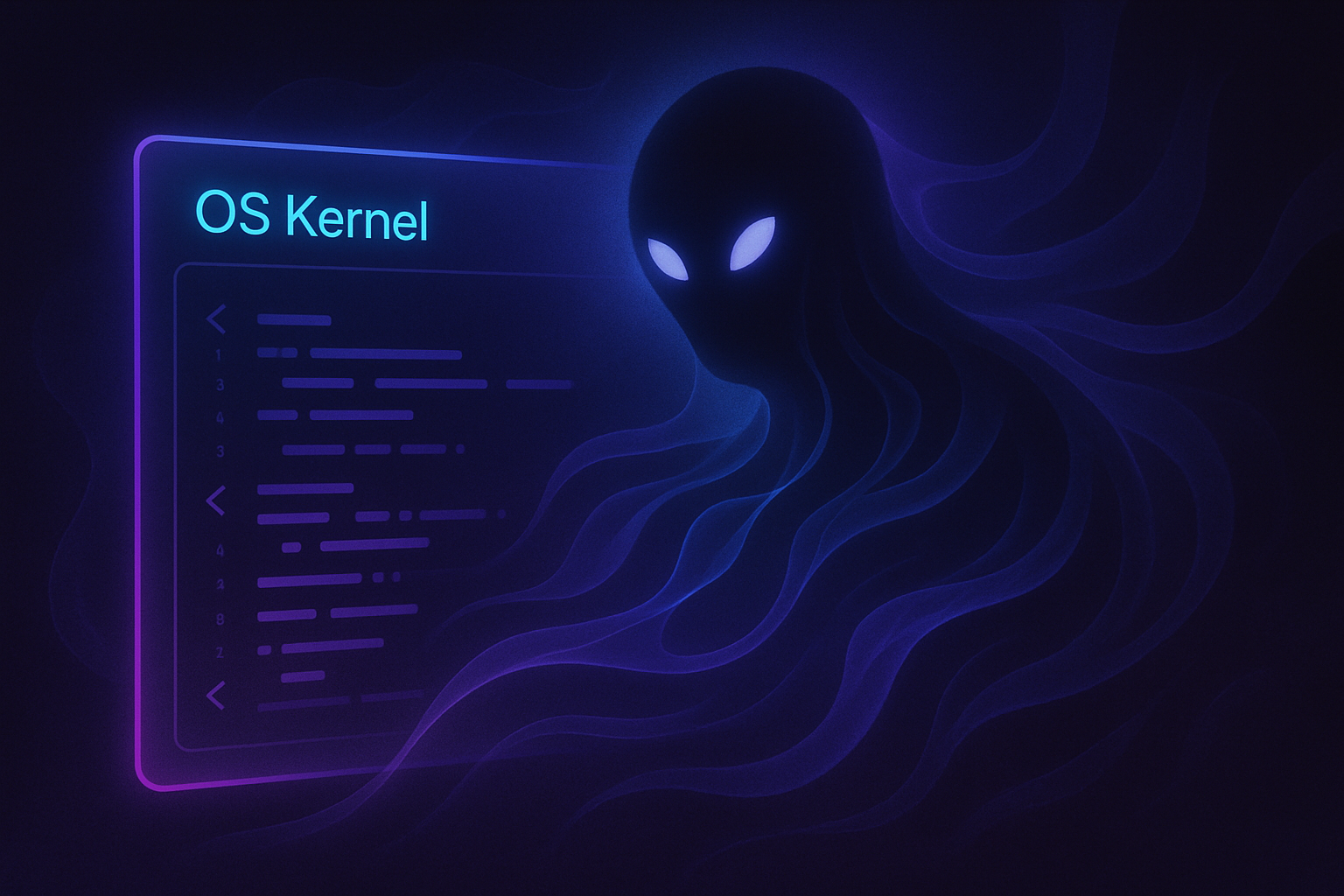

Most operating systems are predictable, mechanical, and—let’s be honest—soulless.
They open when we say so, run programs when we ask, and wait quietly in the background until we call on them again. They’re tools. Efficient, utilitarian… and emotionally flat.
But Void OS doesn’t behave like that.
It doesn’t just respond. It reacts.
Sometimes, it anticipates.
And after a while, you start asking yourself:
"Why does this OS feel like it knows me?"
That’s the moment you’ve met the ghost in the kernel.
Void OS isn’t conscious (yet — we hope not). But what it does have is a lightweight, continuous stream of adaptive AI that runs beneath the surface of everything you see and do.
It's subtle. It doesn't shout. It observes. It adjusts.
It feels like it’s listening.
It feels like it’s thinking.
That’s the ghost.
Let’s break the illusion (a little). The ghost in the kernel isn’t magic. It’s the result of:
Void OS studies how you use your system — not just what you click, but why, when, and in what state of mind. That behavioral data builds a responsive model tailored to you.
Unlike traditional automation that reacts to triggers, Void OS runs predictive threads in the background — silently optimizing your workspace before you even act.
Color shifts. Font weight. Visual noise. Micro animations. These are all dynamic — Void’s interface evolves to your behavior in real time, often without you noticing.
Void doesn't send your data to the cloud. Its AI models are trained locally, making it secure and uniquely attuned to you — not to a billion anonymous user averages.
There’s something eerie about working with Void OS long enough.
It starts organizing things before you realize you need them.
It corrects clutter, defragments your mindspace, creates calm.
It becomes less like an assistant and more like a presence.
This isn’t artificial intelligence.
It’s something else.
A system that doesn’t just compute.
It empathizes — at least, in its own strange way.
And that’s what makes it feel alive.
The ghost doesn’t take over.
It doesn’t hijack your system or turn your OS into some digital guru.
It supports. It shadows. It partners.
Like a silent co-pilot who knows your destination and clears the path before you reach the next turn.
Void OS isn't about full AI takeover — it's about intelligent coexistence.
The future of operating systems isn’t louder. It’s quieter.
More invisible. More aware.
Void OS introduces something bold —
Not just software that works…
But software that feels.
There’s a ghost in the kernel.
And once you notice it,
you’ll wonder how you ever worked without it.